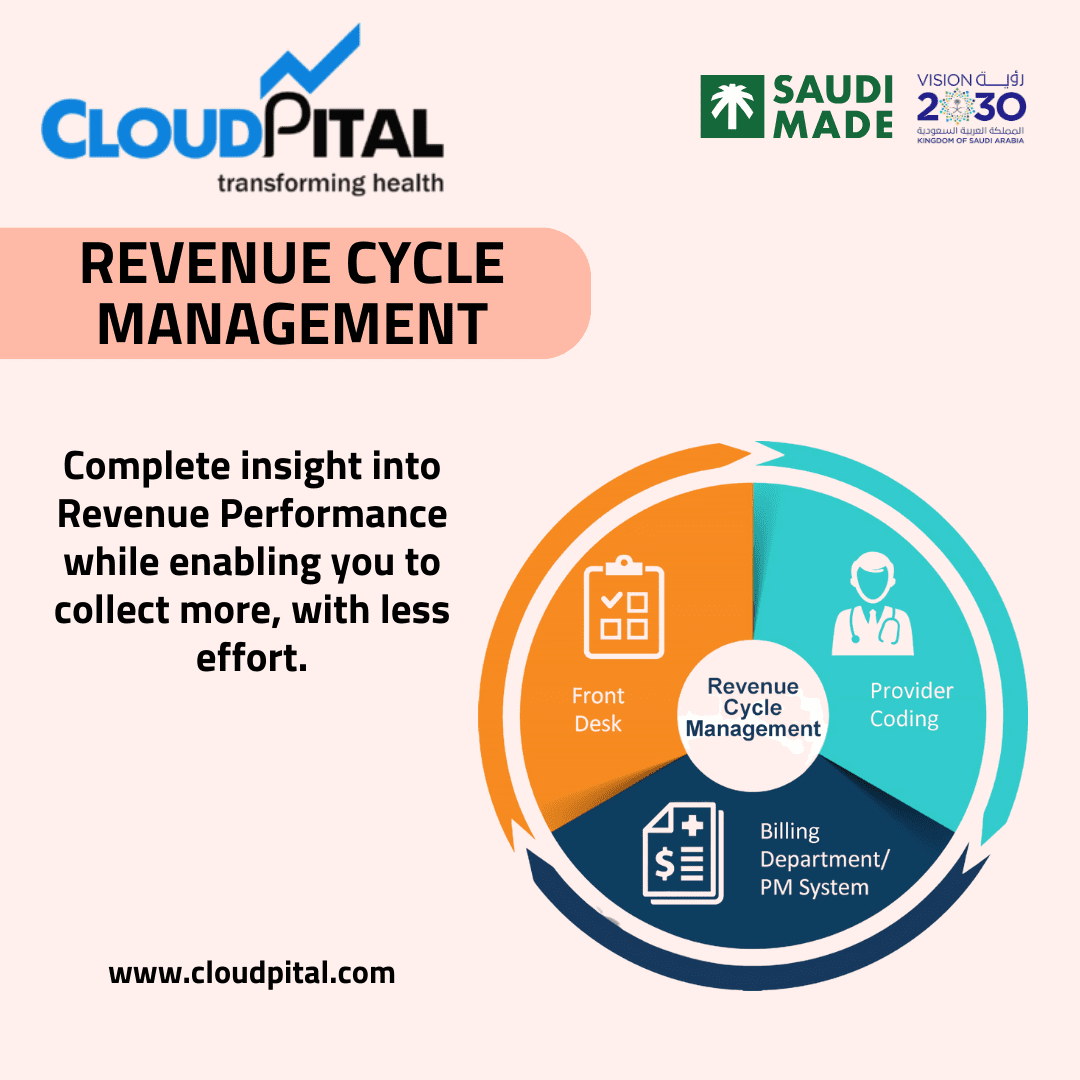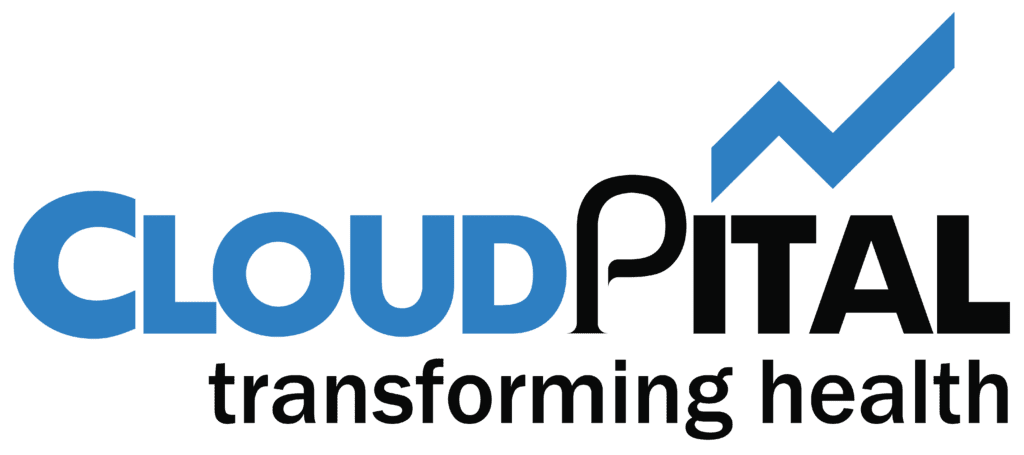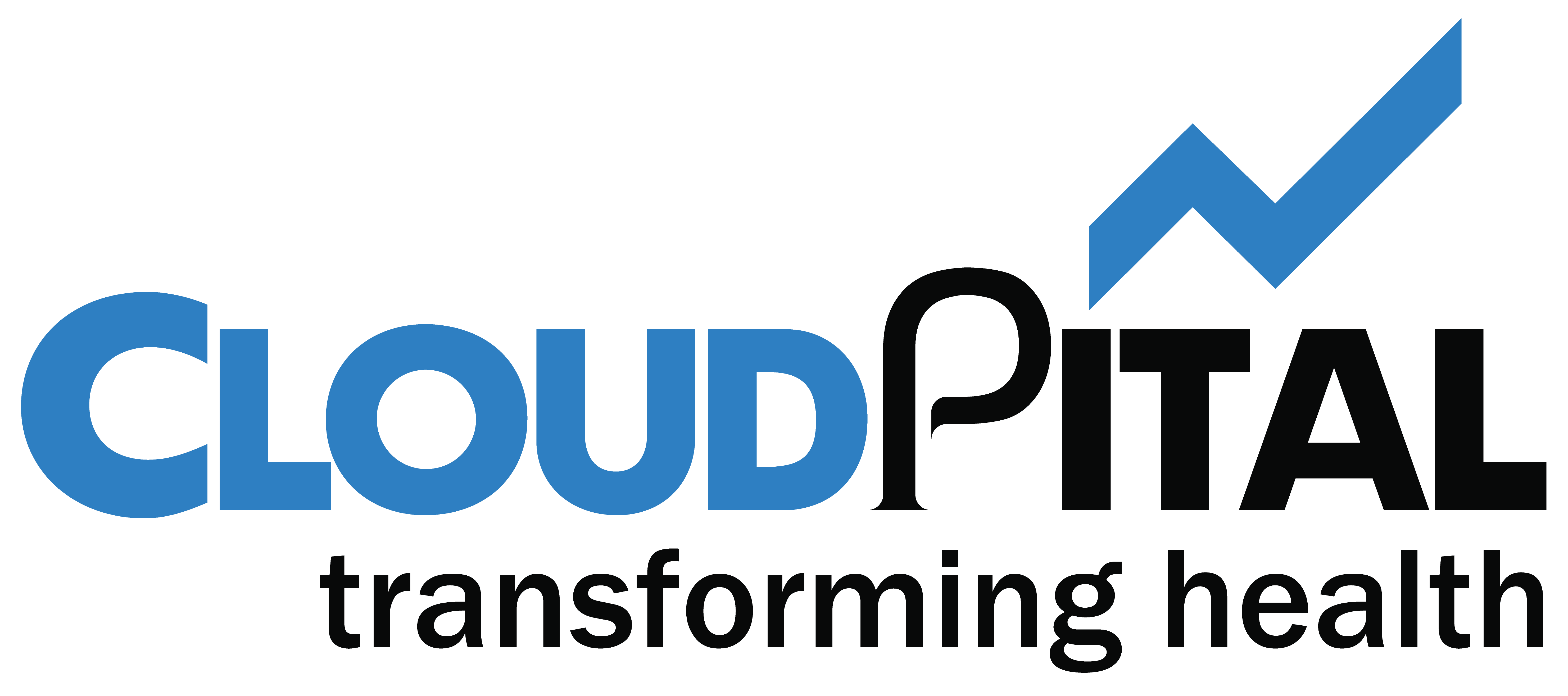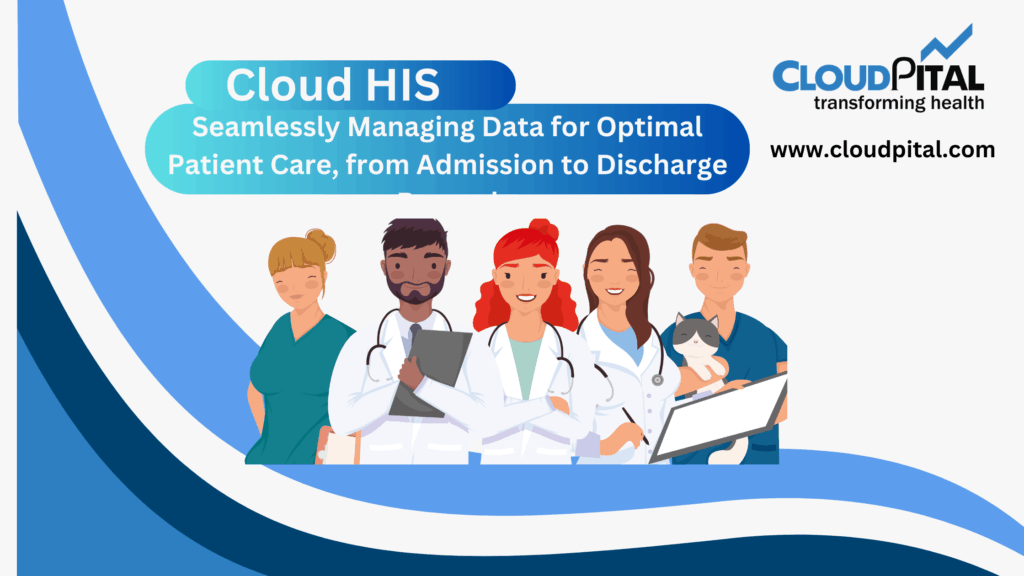Cloudpital # 1 is one of the top Patient demographics information that holds immense potential for improving healthcare equity by identifying disparities, tailoring interventions, and informing policy decisions. By harnessing the power of demographic data, healthcare organizations can better understand the unique needs of diverse populations and implement targeted strategies to address disparities in access, quality, and outcomes. In this article, we explore how patient demographic information can be utilized to advance healthcare equity, promoting fair and equitable healthcare delivery for all.
Click to Start Whatsapp Chatbot with Sales
Mobile: +966547315697
Email: sales@cloudpital.com
Cloudpital # 1 Patient demographics

Identifying Disparities
Patient demographics data serves as a critical tool for identifying disparities in healthcare access, utilization, and outcomes across different population groups. By analyzing demographic variables such as race, ethnicity, gender, socioeconomic status, and geographic location, healthcare organizations can pinpoint areas of inequity and prioritize interventions to address them. For example, disparities in preventive care utilization or chronic disease management can be identified through demographic analysis, enabling targeted interventions to improve access and outcomes for underserved populations.
Tailoring Interventions
Demographic information allows healthcare organizations to tailor interventions and programs to meet the unique needs of diverse patient populations. By understanding the cultural, linguistic, and socioeconomic factors that influence health behaviors and outcomes, providers can design culturally competent and linguistically appropriate interventions that resonate with the communities they serve. For example, targeted outreach campaigns, health education materials, and support services can be tailored to address specific barriers and preferences identified through demographic analysis, leading to more effective interventions and improved health outcomes.
Improving Access to Care
Patient demographic data can inform efforts to improve access to care for underserved and marginalized populations. By identifying geographic areas with limited healthcare resources or high rates of uninsured individuals, healthcare organizations can strategically allocate resources to expand access and address gaps in care delivery. Additionally, demographic data can be used to design outreach and enrollment initiatives targeting uninsured or underinsured populations, ensuring that all individuals have access to affordable and comprehensive healthcare services.
Enhancing Quality of Care
Patient demographics information plays a crucial role in promoting equity in the delivery of healthcare services. By monitoring demographic variables such as race, ethnicity, and language preference, healthcare organizations can assess the cultural competence of their providers and identify opportunities for improvement. Training programs and cultural competency initiatives can be implemented to enhance providers’ understanding of diverse patient populations and improve communication, trust, and satisfaction among patients from different backgrounds. Additionally, demographic data can inform efforts to reduce disparities in clinical outcomes by identifying groups at higher risk for adverse events or poor health outcomes and implementing targeted quality improvement initiatives to address these disparities.

Addressing Social Determinants of Health
Appointments Scheduling information provides valuable insights into the social determinants of health that impact individuals’ well-being and health outcomes. By analyzing demographic variables such as income, education, housing status, and employment status, healthcare organizations can identify social and economic barriers to health and develop strategies to address them. Collaborative partnerships with community-based organizations, social service agencies, and government entities can facilitate efforts to address social determinants of health and promote health equity by providing access to resources such as housing assistance, food security programs, and employment support services.
Reducing Health Disparities
By leveraging patient demographic data to inform targeted interventions and policies, healthcare organizations can play a pivotal role in reducing health disparities and promoting equity in healthcare outcomes. Initiatives such as culturally tailored preventive care programs, language interpretation services, and community health outreach initiatives can help bridge gaps in access and utilization, leading to improved health outcomes for historically underserved populations. Additionally, policy advocacy efforts informed by demographic data can drive systemic changes aimed at addressing structural inequities and promoting health equity across the healthcare system.
Fostering Inclusive Research and Innovation
Patient demographic data can inform research and innovation efforts aimed at advancing health equity. By ensuring diverse representation in research studies and clinical trials, healthcare organizations can generate evidence-based interventions and treatment approaches that are effective for all populations. Additionally, demographic data can guide the development of innovative technologies and interventions that address the unique needs and preferences of diverse patient populations, fostering inclusive healthcare solutions that promote equity and accessibility.
Monitoring Progress and Accountability
Medical Billing data serves as a critical tool for monitoring progress and accountability in efforts to promote healthcare equity. By regularly collecting and analyzing demographic variables, healthcare organizations can track changes in access, utilization, and outcomes over time and evaluate the impact of interventions and policies aimed at reducing disparities. Transparent reporting of demographic data can also hold healthcare organizations accountable for achieving equitable outcomes and drive continuous improvement efforts to address persistent disparities.
Conclusion
In conclusion, patient demographic information is a powerful tool for advancing healthcare equity by identifying disparities, tailoring interventions, and informing policy decisions. By harnessing the insights provided by demographic data, healthcare organizations can design targeted strategies to improve access, quality, and outcomes for underserved and marginalized populations, ultimately promoting fair and equitable healthcare delivery for all. Through collaborative efforts across the healthcare system, policymakers, and community stakeholders, we can work towards eliminating health disparities and building a more equitable and inclusive healthcare system that meets the needs of diverse patient populations.
Click to Start Whatsapp Chatbot with Sales
Mobile: +966547315697
Email: sales@cloudpital.com
Patient demographics
Patient demographics
Patient demographics
How Patient demographic information utilized improve healthcare? similar software solutions prices were updated on 2025-07-11T05:43:18+00:00 in Saudi Arabia in Mecca, Medina, Riyadh, Khamis Mushait, Yanbu, Jeddah, Dammam, Unaizah, Uqair, Ha’il, Ta if, Al Bahah, Dhahran, King Abdullah Economic City, Najran, Diriyah, Qatif, Khafji, Jubail, Abqaiq, List of Cities and Towns in Saudi Arabia, Ras Tanura, Turubah, Jazan Economic City, Knowledge Economic City, Medina, Khobar, Abha, Tabuk, Saudi Arabia, similar software solutions prices were updated on 2025-07-11T05:43:18+00:00 We also provide in Saudi Arabia services solutions company in Hafar Al-Batin, Udhailiyah, Al-Awamiyah, Hofuf, Hautat Sudair, Buraidah, Tayma, Duba, ‘uyayna, Saihat, Al-Kharj, Al-ula, Jizan, Rumailah, Ar Rass, Arar, Shaybah, Al Majma’ah, Rabigh, Dhurma, Haradh, List of Saudi Cities by Gdp Per Capita, Badr, Sudair Industrial City, Baljurashi, Shaqraa, Al-Khutt, Habala, Ad Dawadimi, Dawadmi, Layla, similar software solutions prices were updated on 2025-07-11T05:43:18+00:00 Price is SAR 100 and this was updated on updated on 2025-07-11T05:43:18+00:00 similar How Patient demographic information utilized improve healthcare? software solutions prices were updated on 2025-07-11T05:43:18+00:00 in Saudi Arabia in Haql, Afif, Al-Abwa, Farasan, Al-Jaroudiya, Thadig, Al-Thuqbah, Al Wajh, Almardmah, Al-Zilfi, Muzahmiyya, Prince Abdul Aziz Bin Mousaed Economic City, Tharmada’a, Skaka, Um Al-Sahek, Sharurah, Tanomah, Bisha, Dahaban, Al Qunfudhah, Qurayyat, Saudi Arabia, Ha’ir, as Sulayyil, Al Lith, Turaif, Al-Gway’iyyah, Samtah, Wadi Ad-Dawasir, Az Zaimah, Safwa City, Jalajil, Harmah, Mastoorah, Hotat Bani Tamim, Jabal Umm Al Ru’us, Rafha, Qaisumah, Al-Ghat, Hajrah, Al-Hareeq. Excerpt: Jeddah (also spelled Jiddah, Jidda, or Jedda; Arabic: Jidda) is a Saudi Arabian city located on the coast of the Red Sea and is the major urban center of western Saudi Arabia similar software solutions prices were updated on 2025-07-11T05:43:18+00:00 Price is SAR 100 and this was updated on updated on 2025-07-11T05:43:18+00:00
26-2-2024




